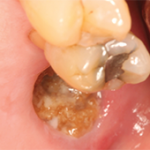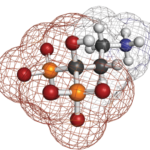Bisphosphonates and Esophageal Cancer
In the January 1, 2009 issue of the New England Journal of Medicine, Diane Wysowski, PhD, from the FDA, reported on information regarding esophageal cancer in U.S. patients treated with bisphosphonates. Data from October 1995 through mid-May 2008 were analyzed.8 Dr. Wysowski reported that there have been 23 cases (eight of them fatal) of esophageal cancer associated with alendronate. Alendronate was the suspect drug in 21 cases and used as concomitant therapy in two. No other esophageal cancer cases were reported with other oral bisphosphonates. Abroad, an additional 31 cases (six of them fatal) were reported in Europe and Japan. In these cases, alendronate was the suspect drug in 21 cases. For remaining cases, the following drugs were implicated: risedronate, ibandronate, etidronate, or a combination of these. Four cases noted “bisphosphonates” without specifying the drug. The majority of cases were women (>71%) with median ages of 74 years (US) and 68.5 years (abroad). The median exposure time from alendronate use to diagnosis was 2.1 years (US) and 1.3 years (abroad). Barrett’s esophagus was diagnosed near the time of the esophageal cancer diagnosis in three patients. Five patients had squamous-cell carcinoma and six had adenocarcinoma.
The author noted that esophagitis has been associated with oral bisphosphonates and this usually occurs when drug administration directions are not closely followed. Additionally, crystalline material that looked like ground alendronate tablets was found on the biopsies of patients with erosive esophagitis, and ongoing mucosal irregularity had been seen in some of these same patients.9 This information suggests a potential for carcinogenic effects.

